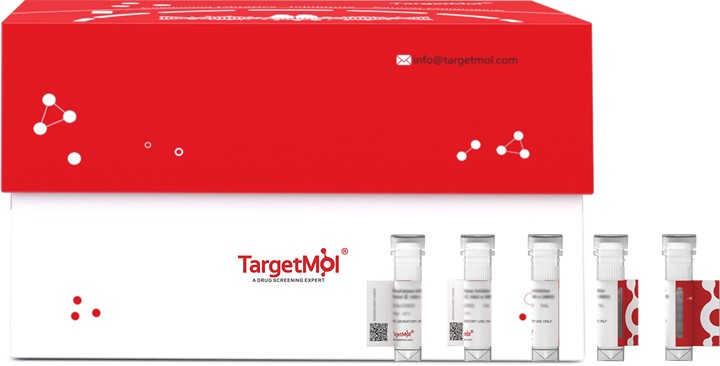购物车
全部删除  您的购物车当前为空
您的购物车当前为空
CX3CL1/Fractalkine Protein, Human, Recombinant (S199N, CHO) is expressed in CHO Cells. The accession number is P78423.

| 规格 | 价格 | 库存 | 数量 |
|---|---|---|---|
| 5 μg | ¥ 720 | 6-8日内发货 | |
| 10 μg | ¥ 913 | 6-8日内发货 | |
| 25 μg | ¥ 1,260 | 5日内发货 | |
| 50 μg | ¥ 1,980 | 5日内发货 | |
| 100 μg | ¥ 3,470 | 5日内发货 | |
| 200 μg | ¥ 5,780 | 5日内发货 | |
| 500 μg | ¥ 11,300 | 5日内发货 | |
| 1 mg | ¥ 19,300 | 5日内发货 |
| 生物活性 | The EC 50 value of Human Fractalkine/CX3CL1 on Ca 2+ mobilization assay in CHO-K1/Gα15/hCX3CR1 cells (human Gα15 and hCX3CR1 stably expressed in CHO-K1 cells) is less than 1.5 μg/ml. |
| 产品描述 | CX3CL1/Fractalkine Protein, Human, Recombinant (S199N, CHO) is expressed in CHO Cells. The accession number is P78423. |
| 种属 | Human |
| 表达系统 | CHO Cells |
| 标签 | Tag Free |
| 蛋白编号 | P78423 |
| 别名 | SCYD1,NTT,NTN,neurotactin,fractalkine,CXC3C,CXC3,CX3CL1,C-X3-C motif chemokine ligand 1,C3Xkine,ABCD-3 |
| 蛋白构建 | Gln25-Arg339 (Ser199Asn) |
| 蛋白纯度 | > 95% as determined by SDS-PAGE |
| 分子量 | 50~75 kDa (Reducing conditions) |
| 内毒素 | < 0.2 EU/μg of protein as determined by the LAL method. |
| 缓冲液 | Lyophilized from a 0.2 μm filtered solution in PBS. |
| 复溶方法 | Reconstitute the lyophilized protein in sterile deionized water. The product concentration should not be less than 100 μg/ml. Before opening, centrifuge the tube to collect powder at the bottom. After adding the reconstitution buffer, avoid vortexing or pipetting for mixing. |
| 存储 | Upon receiving, this product remains stable for up to 6 months at lower than -70°C. Upon reconstitution, the product should be stable for up to 1 week at 4°C or up to 3 months at -20°C. For long term storage it is recommended that a carrier protein (example 0.1% BSA) be added. Avoid repeated freeze-thaw cycles. |
| 运输方式 | In general, Lyophilized powders are shipping with blue ice. Solutions are shipping with dry ice. |
| 研究背景 | Chemokine (C-X3-C motif) ligand 1 (CX3CL1) is a known member of the CX3C chemokine family. It is also commonly known under the names fractalkine (in humans) and neurotactin (in mice). The polypeptide structure of CXC3L1 differs from the typical structure of other chemokines. For example, the spacing of the characteristic N-terminal cysteines is different; there are three amino acids separating the initial pair of cysteines in CX3CL1, while there are none in CC chemokines and only one in CXC chemokines. CX3CL1 is produced as a long protein (with 373-amino acid in humans) with an extended mucin-like stalk and a chemokine domain on top. The mucin-like stalk allows it to bind to the surface of certain cells. Soluble CX3CL1 potently chemoattracts T cells and monocytes, while the cell-bound chemokine promotes strong adhesion of leukocytes to activated endothelial cells, where it is primarily expressed. CX3CL1 can signal through the chemokine receptor CX3CR1. |